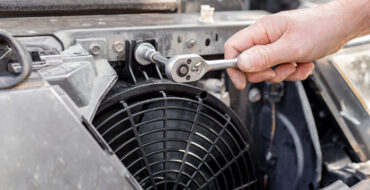Everything you need to avoid getting a flat tire this summer.
Tires are one of the most critical parts of your vehicle, but they’re also one of the most overlooked. Your tires don’t need fluid and filter changes, but they do need checkups once in a while to make sure you’re getting the best from them. Use this tire maintenance guide to keep your tires in top shape.
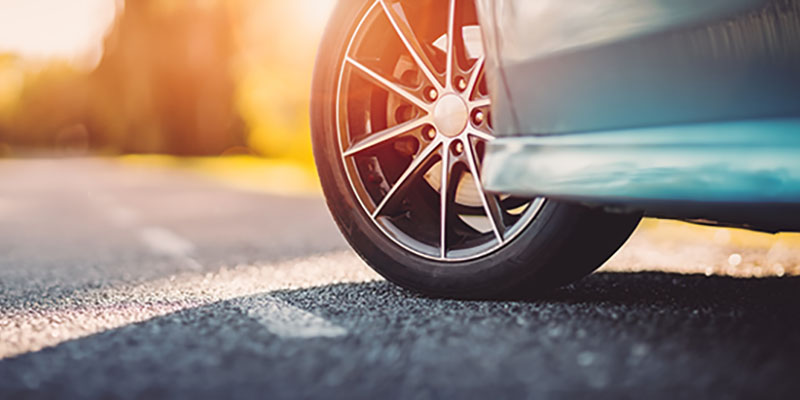
Check Your Tire Pressure
The most important tire maintenance item is an air pressure check. Tires that are underinflated give you less grip in both wet and dry conditions, and they make your vehicle use more fuel. Running tires with low air pressure can even cause the tires to overheat, putting you at risk of a flat tire or tire failure.
Checking your tire pressure once a month with a simple air pressure gauge will ensure your tires are properly inflated. A tire inflator that plugs into your car’s 12-volt power plug will allow you to pump them up whenever you need to, even on the go.
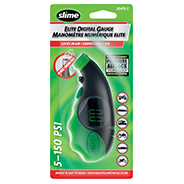
Slime Elite Digital Tire Gauge
23.89 $ 18.99 $
Buy Now
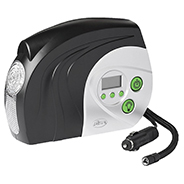
Slime Digital 6 Minute Tire Inflator
40.79 $ 35.99 $
Buy Now
Keep Those Tires Rotating
Tire rotation is another important maintenance item. Even if your vehicle’s suspension is properly aligned, each of its tires wears slightly differently. Rotating the tires every 10,000 kilometres (follow the schedule in your owner’s manual) evens out tread wear and can help them last longer.
You can rotate your tires yourself using a floor jack and stands along with a lug wrench and torque wrench to properly tighten the wheels. Whether you do the job yourself or leave it to the pros, have your wheel nuts or bolts re-torqued after 100 kilometres for safety.

Aluminum Jack Stands - 3 Ton - NAPA Lifting Equipment
228.99 $ 164.99 $
Shop Now
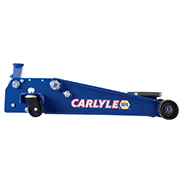
Manual Hydraulic Floor Jack - 3.5 Ton - NAPA Lifting Equipment
525.99 $ 379.99 $
Shop Now
Do a Visual Inspection
A visual tire inspection involves looking for signs of uneven wear that could indicate your vehicle’s suspension is out of alignment or needs repair. If you’re not sure how to read your tires, the specialists at your local NAPA AUTOPRO can help.
Look for physical damage on the sidewalls and check for small cracks. Cracks in a tire are a sign that it’s breaking down and requires replacement. Since rubber degrades over time, tires that are more than six years old should be replaced as well. Older tires have less grip and are more prone to sudden failure.
If a tire’s tread depth is less than 4/32 inches (3 millimetres), it’s time to replace it. The legal limit in most places is 2/32 inches (1.6 millimetres), but for optimal traction in wet or snowy conditions, replacing the tire sooner is best.
There are coin tricks you can use to see whether it’s time for new tires, but it’s recommended to use a tread depth gauge, which will show you exactly how much tread you have remaining.
Check the Balance
You can’t check tire balance without a tire balancing machine, but you can stay alert to new vibrations when driving. You can also look for witness marks indicating that a wheel weight has fallen off. If you feel new vibrations or see signs of a missing wheel weight, have your tire balance checked by a professional.
If your car or truck has a flat tire, a NAPA AUTOPRO professional may be able to repair it, or you may be able to fix it yourself using a tire repair kit and tire inflator at the roadside. But keep in mind that if you’ve driven on that flat tire for any length of time, it needs to be inspected.
Driving on a flat tire can cause serious damage in short order, as the tire sidewall gets pinched between the wheel and the road. Even if it can still hold air, the risk of sudden tire failure is high. The tire needs to come off the rim for a thorough inspection.







